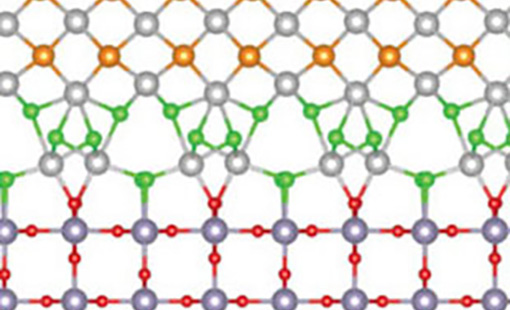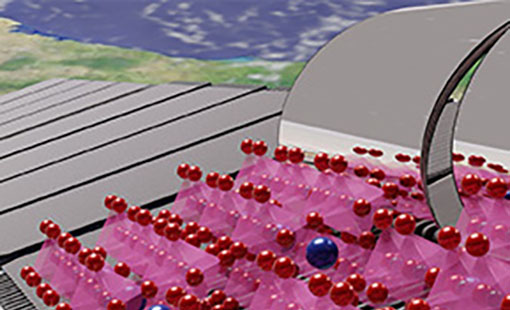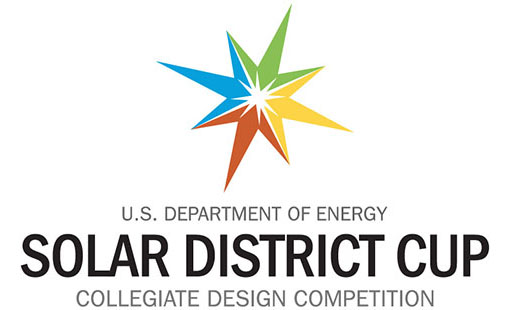Solar Newsletter
The Solar Newsletter is an electronic newsletter that provides information about NREL's research and development of solar technologies.
Subscribe to the Solar Newsletter or see the archives.
In Ultrathin Layers, NREL Researchers Find a Path to Better Materials
For more than three decades, photovoltaic researchers have known that the addition of a single chemical creates better-performing cadmium telluride solar cells. But they have not understood exactly why—until now. The answer has implications for materials science that stretch well beyond solar cells.
A Thin Layer Protects Perovskites, Including From Radiation in Space
An ultrathin protective coating can protect a perovskite solar cell from the harmful effects of space and harden it against environmental factors on Earth. Although perovskites are naturally resistant to high-energy protons, the thin layer provides protection against previously problematic low-energy protons.
Students From 39 Schools Advance to Finals of Solar District Cup
Competitors are designing distributed energy solar-plus-storage solutions to meet the needs of campus, tribal, and suburban mixed-use districts, giving them practice with industry tools and procedures that can make a positive impact as they prepare for careers in the renewable energy industry.
Perovskite-Based Windows Reduce Energy Load and Carbon Emissions in Buildings
Thermochromic windows based on perovskite materials can absorb energy from the sun and shift from transparent to a visibly absorbing or reflecting state. The technology mitigates heating loads in warm climates and cooling loads in colder regions, leading to massive energy savings.
Research Highlights
Winter 2023 Solar Industry Update
Access Co-Deposition of Hole-Selective Contact and Absorber for Improving the Processability of Perovskite Solar Cells on Nature's website
Solar Power in Your Community Guidebook
Work with NREL
Join the National Community Solar Partnership, apply for technical assistance, and join the Community Power Accelerator on the U.S. Department of Energy's website.
Apply for Solar Energy Innovation Network Assistance for Early Adopters.
Staff Profile – Anthony Lopez

Senior Geospatial Data Scientist
Materials, Chemical, and Computational Science Directorate
Anthony Lopez is a senior geospatial data scientist in NREL's Strategic Energy Analysis Center and has been at the laboratory for more than a decade. As a technical lead, Lopez develops novel geospatial computer modeling to answer real-world questions about renewable energy deployment.
Lopez and his team continue to refine their modeling to represent more of the built and natural environments. The NREL simulations show that local siting constraints could impact the overall potential of wind and solar and further alter the pace and scale of decarbonization.
"The solution isn't about unlocking more land. It's about coming up with more innovative designs that make these technologies more feasible to deploy and better integrated into the fabric of local communities and landscapes."
Read more about Anthony Lopez in his recent profile.
Share





